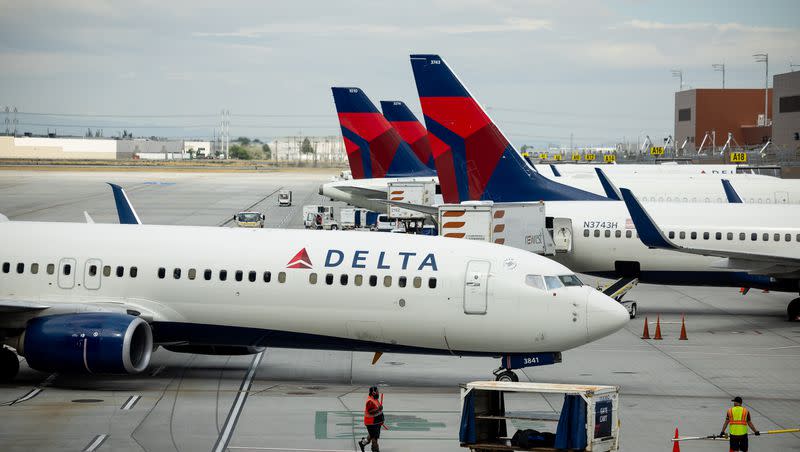Do you know why near-miss incidents for planes increased by 25% in the last decade?

Federal Aviation Administration data reportedly revealed that near-miss plane incidents have increased by 25% and a key contributor to this finding is the shortage of staff workers in air traffic control.
This year, 1,500 air traffic controllers have reportedly been hired, “in addition to the more than 2,600 controllers that are at various levels of training at air traffic facilities across the country.”
The FAA released a statement about the data that was released, saying that the U.S. aviation system can be trusted as “the safest in the world, but one close call is too many.”
Safety experts have reportedly been following up on every near-miss incident, including “those in which no collision was imminent or even possible,” for evaluation.
“The FAA and the aviation community are pursuing a goal of zero serious close calls,” according to the FAA statement.
USA Today reported that, “according to Federal Aviation Administration data, near-miss accidents where planes nearly hit each other have increased nearly 25% in the last decade, with about 300 such accidents in the most recent 12-month period for which reports are available.”
Related
What is a near-miss incident in planes?
The New York Times reported that “the incidents often occur at or near airports and are the results of human error, the agency’s internal records show. Mistakes by air traffic controllers — stretched thin by a nationwide staffing shortage — have been one major factor.”
Near-misses can reportedly happen on the ground or in the air, “and while their numbers have increased in the last decade, the actual number of collisions remains low.”
The Atlantic outlined the process for determining which incidents count as a near-miss incident by detailing how a near-miss incident was handled in April 2016.
“The apologetic air-traffic controller filed a report up through official channels in the U.S. Federal Aviation Administration, or FAA, which runs the air-traffic control system. There, FAA officials ultimately decided it wasn’t a potentially disastrous near-miss, and graded it a C, for no danger,” The Atlantic reported on the process taken by air traffic control and the FAA for the April 2016 near-miss incident.
Related
How many airplanes have had near-misses?
About 300 near-miss accidents where planes have almost hit each other have occurred in the past 12 months, according to USA Today.
The Times further reported that “the close calls have involved all major U.S. airlines and have happened nationwide.”
“We’re trying to take a bigger look and do some deeper analysis to see what’s going on,” Transportation Secretary Pete Buttigieg told USA Today in March. “It’s enough that I’m concerned.”

